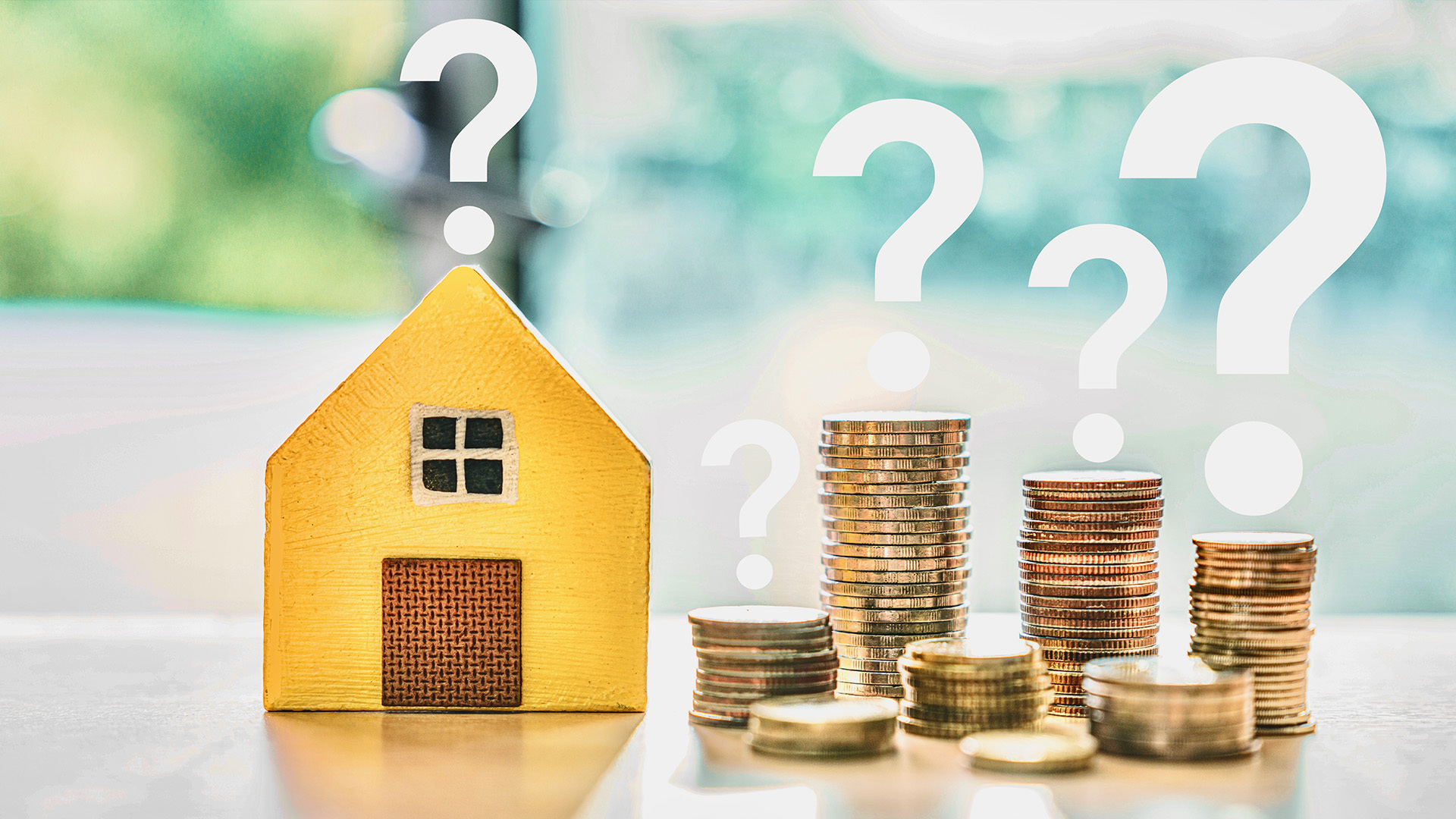
Simone Del Rosario: Falling interest rates may pique the interest of prospective homebuyers but experts don’t necessarily think it is going to “loosen” the market that remains tight.
The rate for a 30-year fixed mortgage averaged 6.09% for the week according to Freddie Mac. The dip comes as the Federal Reserve cut its benchmark interest rate 50 basis points Wednesday.
Mortgage rates have been slowly declining since hitting a 23-year high of 7.79% in October of last year.
I get it. Rates still seem like they are pretty high. But remember, for every 1 percentage point mortgage rates increase, that lowers buying power by 10 percent. And that’s a big deal when you look at the average price of homes sold in the U.S. since the Fed had its rates near zero starting in April 2020. See… they went way up!
But… I digress. The fact is, the housing market is so tight. Existing home sales fell 2.5% in August according to a release from the National Association of Realtors. And that’s with rates slowly falling throughout the month as pretty much everyone knew the Fed was going to start its rate-cutting campaign soon.
Will further rate cutting have the impact buyers are looking for. Let’s bring in Selma Hepp, Chief Economist at CoreLogic. Selma, thank you for being here, and you know, I’ll start there. Homeowner hopefuls have been putting off plans to buy for years. Are these lower rates going to be the entrance point they’re looking for?
Selma Hepp: I think the lower mortgage rates are certainly helping. Every time we saw mortgage rates come down, it did help spur some buyer demand. So for example, when you think about what happened after the Fed meeting last December, mortgage rates came down that certainly spurred housing market demand, same thing the year prior. So whenever we move closer to 6% and further away from 7% and even come down to 5% range, it does help with affordability. It helps with buyers budget, and it brings back that demand that we desperately have been needing in the housing market.
Simone Del Rosario: So here’s my question, then, is it possible that more affordable mortgage rates could actually drive up housing prices, since more buyers would be trying to enter the market?
Selma Hepp: Yeah, that’s that’s a question that keeps coming up because everybody’s worried that there’s so much pent up demand and not enough supply, meaning that as soon as mortgage rates come down, you’ll see more buyers coming in and pushing those prices higher. That’s certainly a possibility, but what we did see over the course of this year is more inventory of existing homes for sale, and that has helped put a lid on home price appreciation. And the other thing is, when you think about mortgage rates further coming down, it’s going to unlock, unlock some of that inventory that’s been locked in because mortgage rates were the difference was so high between where people locked in where mortgage rates were. So with that spread coming lower, I think we’re going to see unlocking of some of that inventory, so the balance between buyers and sellers is going to be better, and it’s going to keep the lid again on a rate of home price appreciation. So we certainly hope for that going forward.
Simone Del Rosario: Yeah, for sellers looking at the market right now, when would be a good time, an optimal time for sellers to enter the market?
Selma Hepp: Well, you know, that’s usually very individual decision. You know, depends how long you own the home depends. Are you moving to another place where home prices are more affordable or not? You’re staying in the area. And depends also, you know, what your family situation is a lot of time sales. Sellers are driven by change in family status. So they are either selling because they need a bigger home on there is a divorce situation, or maybe somebody is no longer around, and so that’s usually what drives sell. That’s the most frequent reason for for sales, but sometimes lower mortgage rates are helping. They do help sellers sort of feel better about their next purchase because it’s more affordable again. And I think definitely with mortgage rates coming down, it’s going to help with that. You know that that sense of like, How much am I giving up to buy my new home. So yeah, I think will help seller demand seller number of sellers in the market as well.
Simone Del Rosario: Yeah, because, you know, yes, selling a home is an individual decision and has to do with your personal life. But what we’ve seen over the years is people really holding on to their low interest mortgage rates and not moving on to the next home when they typically would. If they, you know, are adding to their family, they’re staying in those homes. So this could unleash, but at the same time, I believe the sellers would want to have at this, okay, at the same time, I believe sellers would want to have, you know, the best price they can get for their house since they’ve waited so long to be able to sell it. Yeah,
Selma Hepp: Yeah. That’s that’s often an interesting dilemma, because you want the more most you can get for your home. But then also think about of next home that you’re purchasing, that next seller is gonna want for the most for their home as well. So you know, that’s always a dilemma that sellers find themselves in, but you’re absolutely right in terms of length of tenure for sellers. Over the course of the last couple of decades, we’ve seen people staying in their home longer and longer because homes have become increasingly more unaffordable and there are fewer homes available for sale. So oftentimes what I hear sellers say is, you know, I do want to sell. I do want to move, but where am I going to move? There’s not inventory. There’s not something that fits my, my, my, what I’m looking for. And so they just end up staying put.
Simone Del Rosario: Yeah, and looking at what we’ve seen, we’ve seen such a huge range in what happened with interest rates since the Fed started hiking. Now we’re looking at these rate cuts. So obviously, these mortgage rates have been, you know, a large part of people’s decision making process here. But as you just pointed out to that’s not the only thing that is stalling the housing market. What are the things that are, you know, making the housing market more sticky, unable to really move as well. Why people are not able to get those first homes? What is it beyond the mortgage rates? Yeah,
Selma Hepp: Yeah. I mean, absolutely affordable. Affordability is the biggest one. But affordability, the lack of affordability, comes from the fact that we’ve under built for so long, particularly first time or entry level homes. So when people are, you know, trying to think about their first home or thinking about moving to another home, there’s fewer homes to choose from. So that’s holding people back a lot. And we definitely saw that. For example, in 2023 mortgage rates came down in early spring of 2023 and we saw a burst of buyers coming into the market, but there were not enough homes for sale. And that’s when home prices surged again, and we saw significantly more appreciation in the market because that imbalance.
Simone Del Rosario: And here’s the thing, with the Fed cutting rates, it’s not just the mortgage rates that are going to come down for prospective buyers, but it’s also people who are building, you know, construction loans. These things are going to be easier to get, they’re going to be cheaper to get, and hopefully that would spur some of this movement in new inventory. So we’ll see what happens. But thank you so much for bringing that down for us. Selma Hepp, Chief Economist at CoreLogic, thank you.











